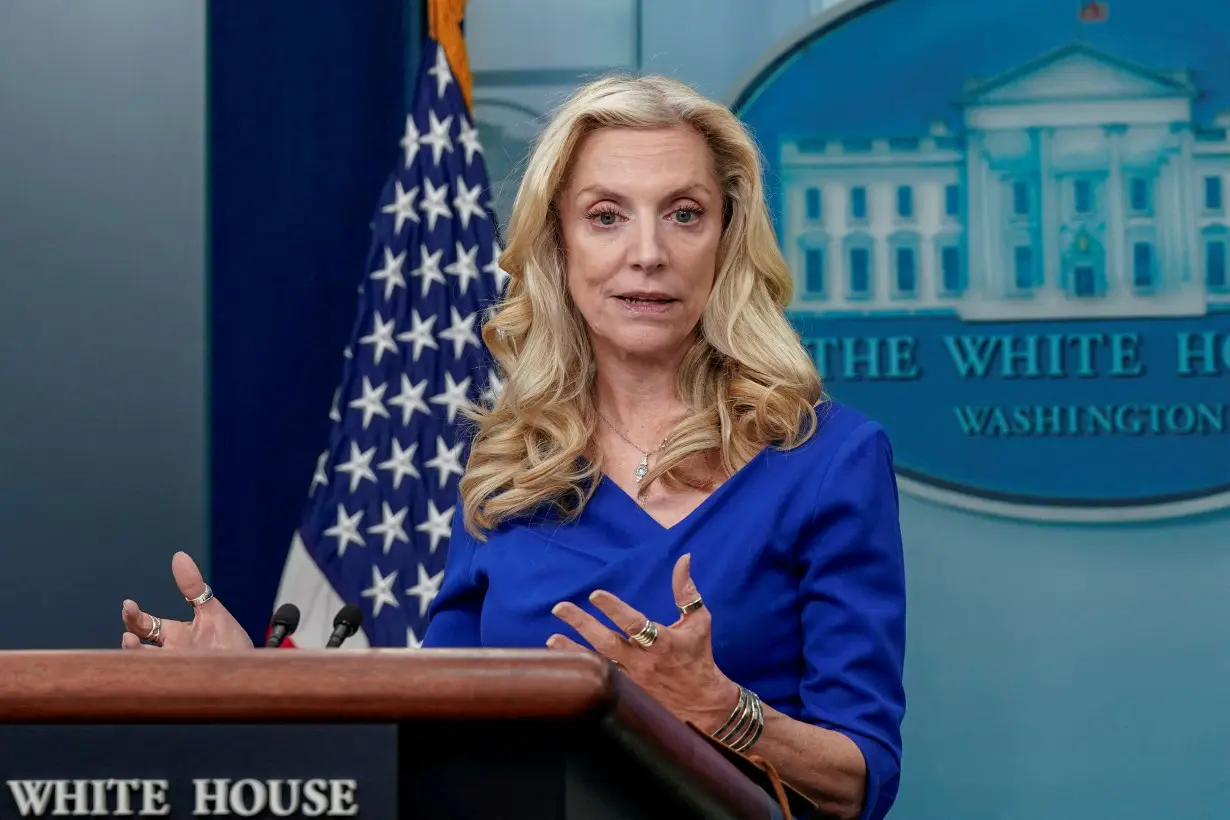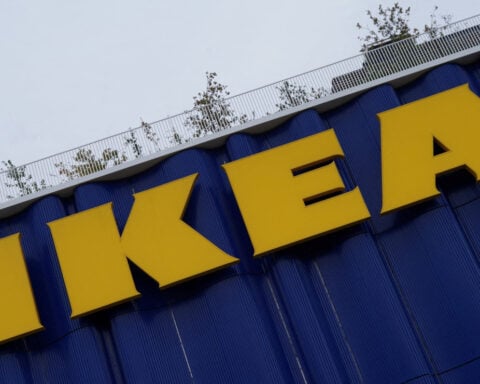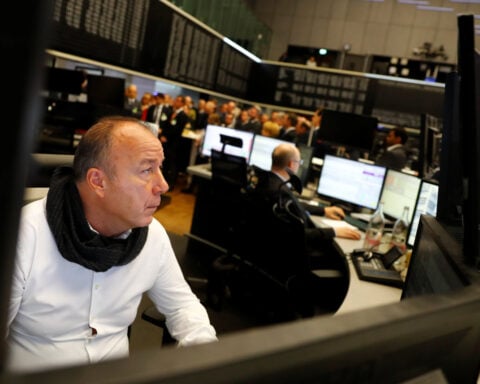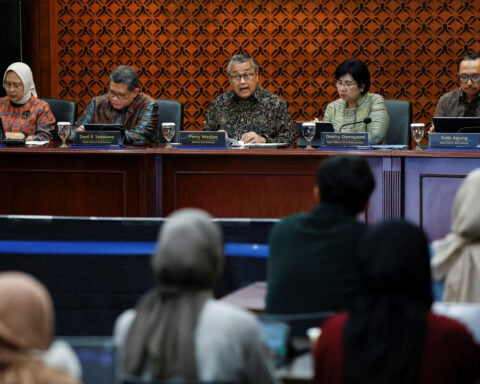WASHINGTON (Reuters) - The U.S. economy has exceeded expectations to achieve a strong, broad-based recovery, and current improvements in business dynamism, workforce engagement and investment could pave the way for durable longer-term growth, the White House said on Thursday.
Lael Brainard, director of the White House National Economic Council, said inflation was falling rapidly toward the Federal Reserve's 2% target, and the U.S. recovery had also seen improvements compared to pre-pandemic trends.
"Current improvements in business dynamism, labor force engagement and investment could lay the foundation for durable, broadly shared economic growth over the longer term," she told the National Association for Business Economics (NABE).
Brainard, former vice chair of the Federal Reserve, said the U.S. economy was healthier today than forecast a year ago, stronger than the same stage of previous recoveries, and better on growth and inflation than other advanced economies, with headline and core inflation near 2% for the past six months.
Inflation has declined even as growth was around 3% over the year and unemployment remained below 4% for two years, the longest stretch since the 1960s.
"Looking to history, we have never had a year where inflation has declined this fast, alongside robust growth and a stable, low unemployment rate," Brainard said.
Inflation came down as rapidly as it did as supply shocks and other pandemic distortions fell away, in part due to the Biden administration's efforts to fix broken supply chains in areas like ocean shipping and trucking, she said.
Brainard said U.S. President Joe Biden's legislation investing in infrastructure, semiconductor manufacturing and clean energy had helped jumpstart creation of small businesses, with 16 million applications filed and accounting for the strongest three years on record in 20 years.
Brainard said the U.S. recovery also avoided much of the scarring associated with past recessions, noting that the employment level, labor force participation rate, and level of real GDP were higher now than the projected before the pandemic.
(Reporting by Andrea Shalal; Editing by Andrew Cawthorne and Susan Fenton)

 India's navy launches submarine, warships to guard against China's presence in Indian Ocean
India's navy launches submarine, warships to guard against China's presence in Indian Ocean
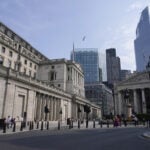 UK inflation unexpectedly eases in December, which could reduce pressure in bond markets
UK inflation unexpectedly eases in December, which could reduce pressure in bond markets
 Body count from South African mine siege rises to 60
Body count from South African mine siege rises to 60
 Question on ASEAN stumped Hegseth at Senate hearing. What is it and why is it important?
Question on ASEAN stumped Hegseth at Senate hearing. What is it and why is it important?
 US importers rush in goods from China as Trump tariff threat looms
US importers rush in goods from China as Trump tariff threat looms
 Novak Djokovic breaks a tie with Roger Federer for the most Grand Slam matches in tennis history
Novak Djokovic breaks a tie with Roger Federer for the most Grand Slam matches in tennis history
 China's RedNote: what you need to know about the app TikTok users are flocking to
China's RedNote: what you need to know about the app TikTok users are flocking to
 British author Neil Gaiman denies ever engaging in non-consensual sex as more accusers come forward
British author Neil Gaiman denies ever engaging in non-consensual sex as more accusers come forward
